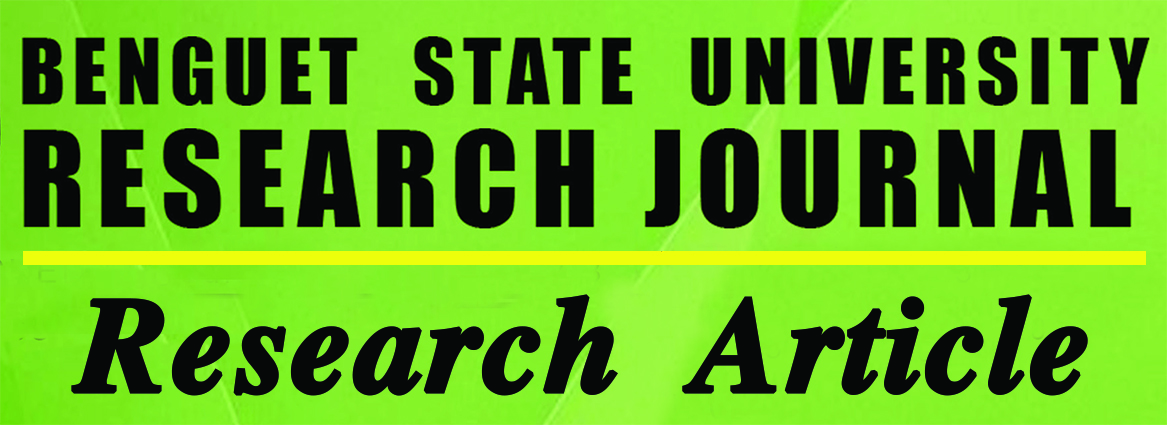Artifacts Speak Diversions of Benguet Material Culture
Main Article Content
Abstract
The paper is part of the bigger endeavor to validate appellations, meanings, and histories of artifacts displayed at the Benguet State University museum. There were 70 distinct artifacts “brought back” in digital form to four communities in Benguet; Kabayan, Atok, Kibungan, and Bakun. This paper reflects on the current state of Benguet material culture from a perspective of social history of things, borrowing ArjunAppadurai’s concept of divergence and to a certain extent, Igor Kopytoff’s commoditization.
Diversions in the value of Benguet’s material culture were preceded by the transformed meaning of the materials brought about by a combination of trade, commercial vegetable farming, and other forces of modernity such as education and transportation developments. The alteration in the value and meaning of things has also changed the manner in which Benguet people themselves use these materials. Aside from non-use, some of these implements are now being displayed in private homes or used in other ways. Diversions of things, therefore, are not always manifested outside and only by other people but also within and from the people themselves.
Antique collection is a most common medium of artifact diversion in Benguet. It is in this practice that many of the Benguet implements were commodified, that is, developing a different value from its original value. As a commodified object, these implements extend their history from actual tools in the place of origin to an object of art and exoticism in another culture and country.
A more recent trend in the commoditization of these material cultures is in the context of cultural tourism and its accompanying craving for souvenirs. This shift demanded cultural symbols as souvenirs for tourists, which induced business minded persons to produce replica of traditional implements for souvenir seeking tourists.
Museums have also defined diversion in the history of things. It is another context where the value and meaning of things also change because they are transformed simply as displays for people to view. This way, their decontextualization alters the value of the tools into artifacts. The transfer of objects from origin to the museum translates the tool/implement/instrument into artifacts, the latter use being closely associated to objects of display, antiquity, and the museum.

